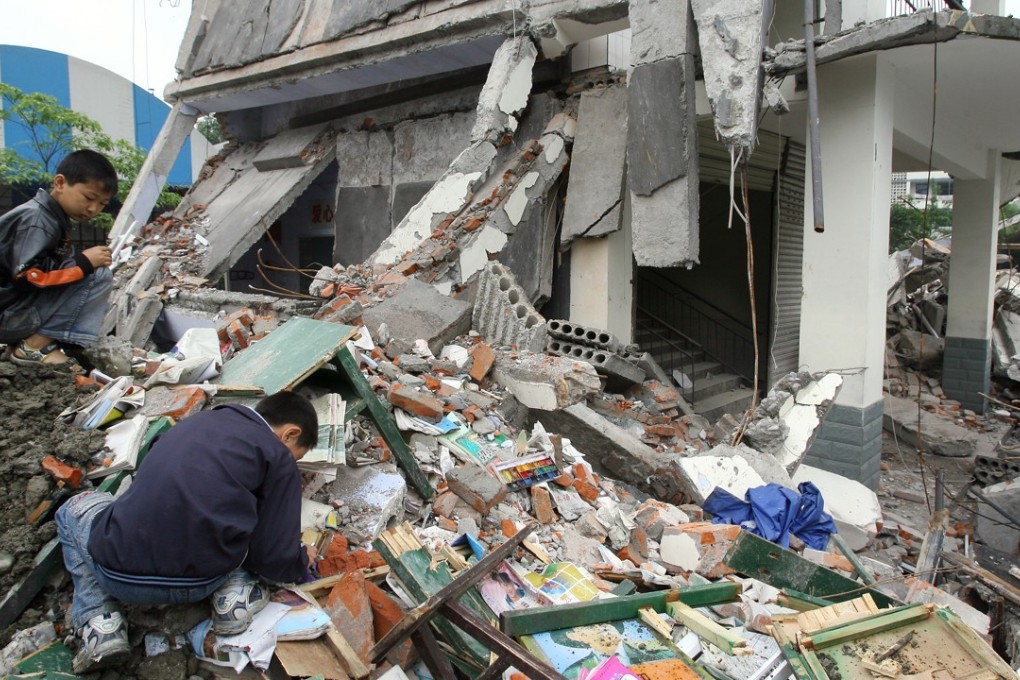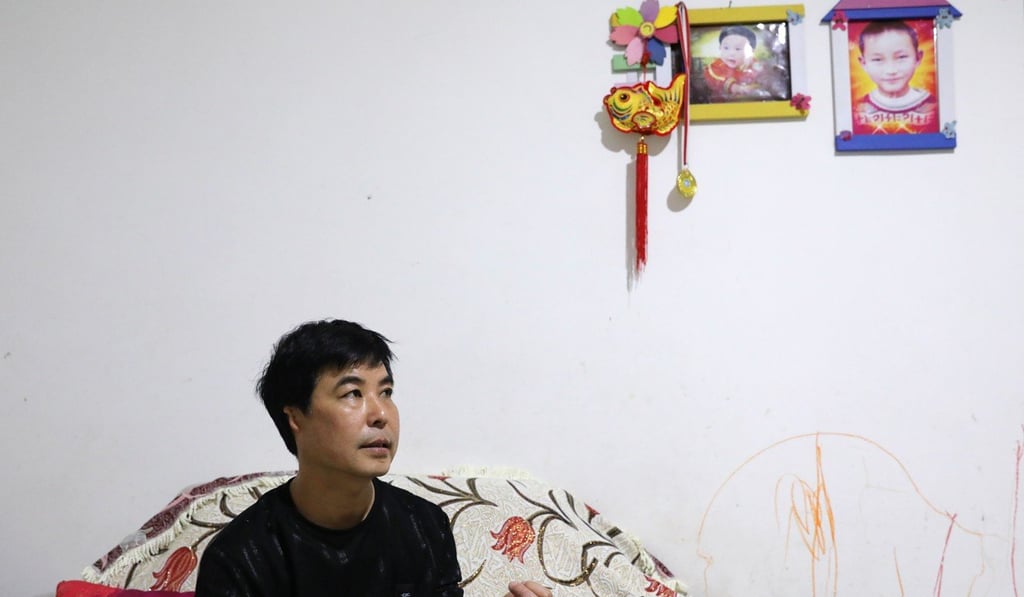Sichuan earthquake: grieving parents still clinging to a premier's promise, unfulfilled
A generation of children was lost when shoddily built school walls came tumbling down in an earthquake a decade ago. Their families still want to know why

For 10 long years, grieving father Sang Jun has been clinging to a promise made by former premier Wen Jiabao to give parents an explanation for why their children were killed.
Sang’s 11-year-old son Sang Xingpeng was among the 126 children who died when Fuxin No.2 Primary School collapsed as a magnitude-8 earthquake devastated much of Sichuan province, including the small city of Mianzhu, on May 12, 2008. Just 175 pupils survived.
“Two days after the quake, Wen Jiabao came to Hanwang township [in Mianzhu]. He stood on the rubble telling us to go home to wait for news,” 49-year-old Sang said. “An explanation would be given so that our children would not have died in vain, he told us.”
Sichuan earthquake, 10 years on: how a tragedy changed China
But Sang is still waiting.
The bereaved parent is one of thousands who lost their only children in the quake, a disaster that destroyed thousands of school buildings across the province.
Officials say the shock waves were so great that nothing could have stopped the schools from collapsing. But parents say many of their children would have made it out alive if the schools had not been so shoddily built.

After the quake, these collapsed buildings were labelled “tofu” projects, a term former premier Zhu Rongji coined in 1998 to describe flimsy flood barriers on the Yangtze River.